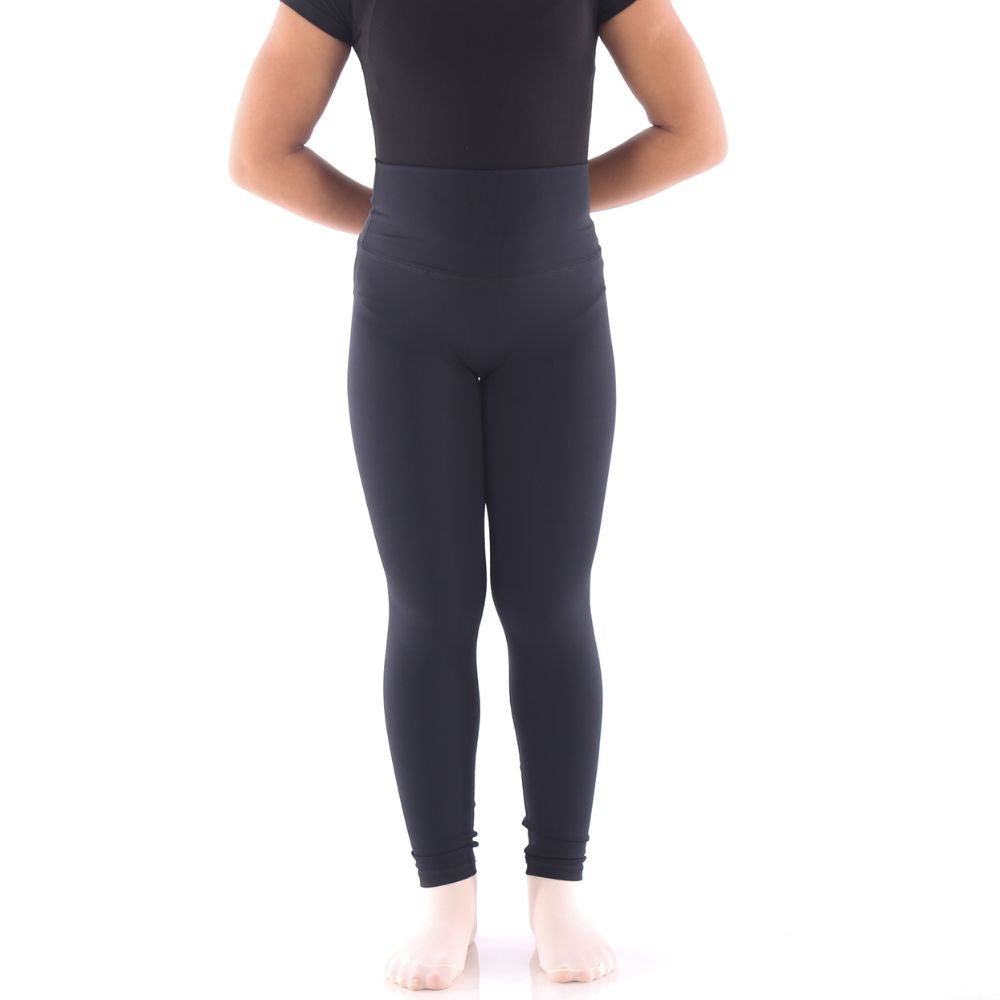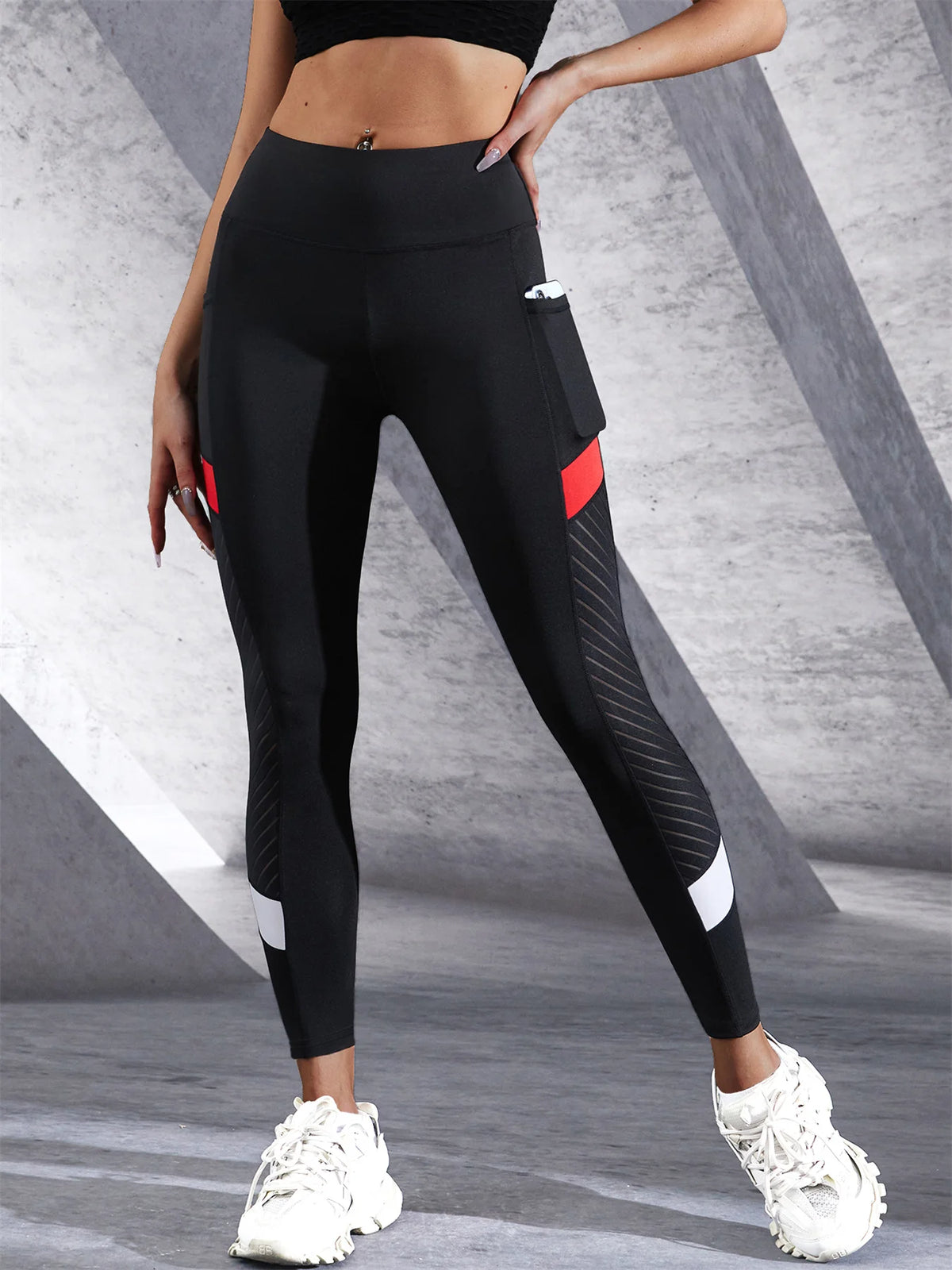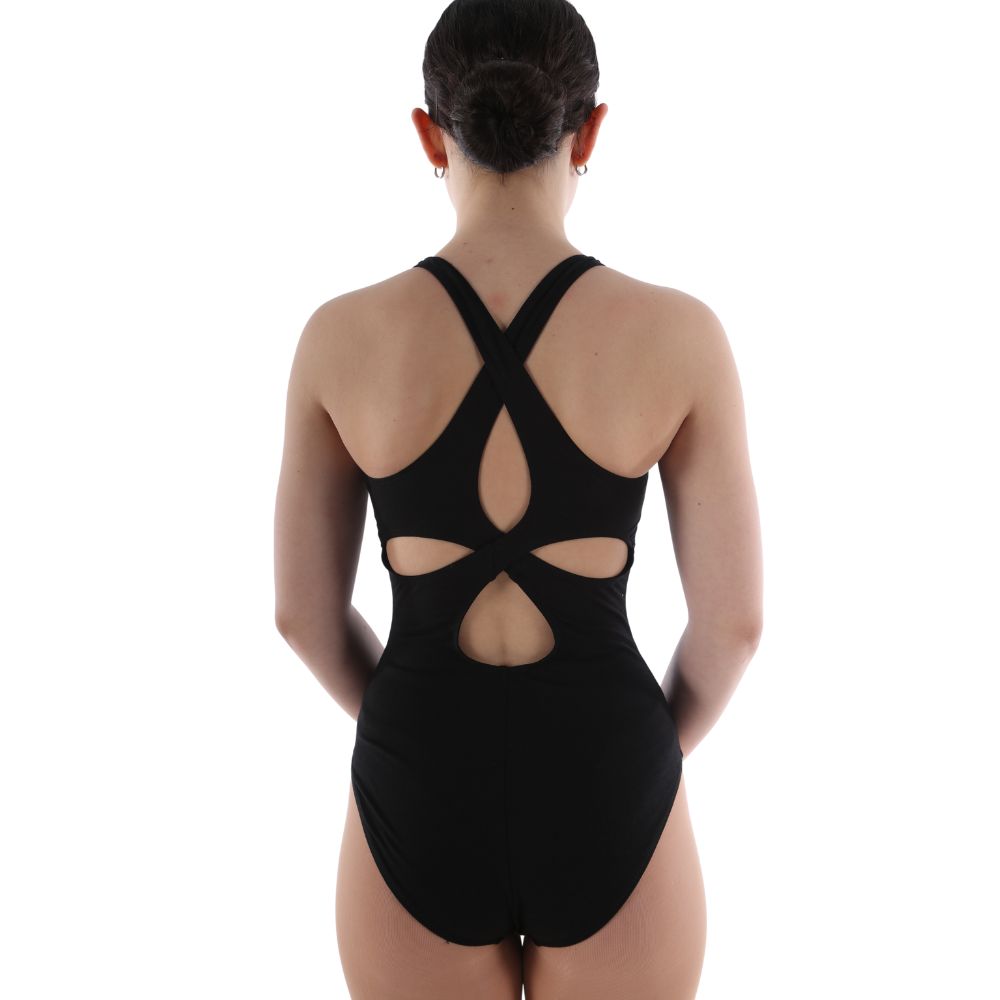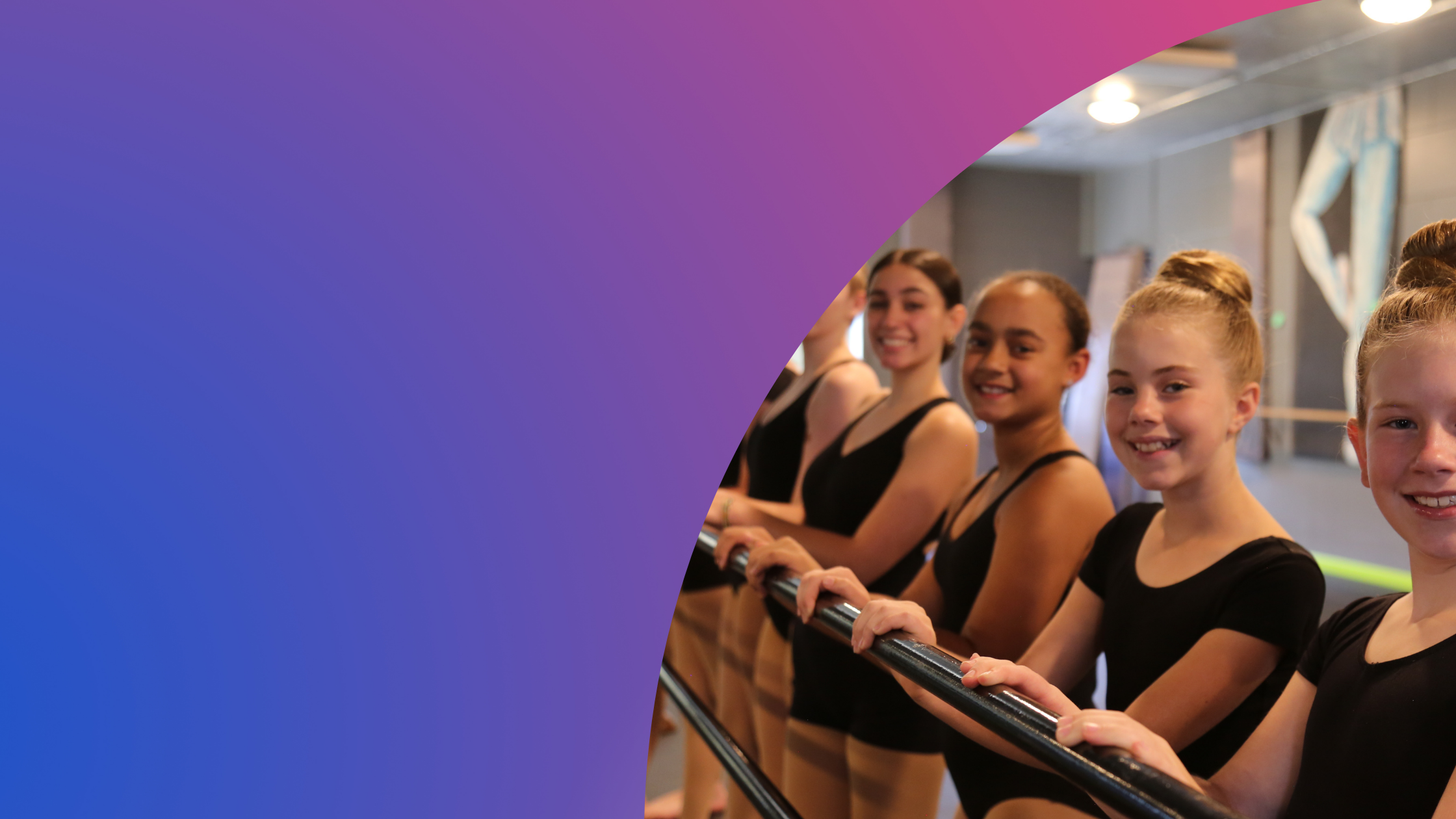Dress codes have long been a staple in the dance world. From leotards and tights in ballet to sleek jazz attire and uniformed team outfits, studios enforce dress codes to maintain a professional appearance and ensure freedom of movement. But could these strict rules be doing more harm than good?
The Traditional Dress Code Dilemma
For years, many dance studios have required students to adhere to rigid dress codes, often mandating specific colors, styles, and even hairstyles. While these rules are typically in place to encourage discipline and unity, they can unintentionally exclude or discourage dancers for several reasons:
1. Gender Norms in Dance Attire
Many traditional dress codes reinforce outdated gender norms. Boys are often required to wear fitted shirts and leggings, while girls are expected to wear leotards and pink tights. But what about non-binary dancers or those who feel uncomfortable in these predefined categories? Strict gendered attire can make some students feel alienated or force them into clothing that doesn’t align with their identity.
2. Body Image and Confidence Issues
Dance is already an art form that requires intense physical awareness, and strict dress codes can add to the pressure of looking a certain way. Young dancers, especially teenagers, may struggle with body image, and requiring them to wear skin-tight leotards without the option for looser clothing could increase self-consciousness. Shouldn’t we be prioritizing comfort and confidence over conformity?
3. Financial Barriers to Participation
High-quality dancewear isn’t cheap, and requiring specific brands or colors can place an unnecessary financial burden on families. If a child is interested in trying dance but their parents can’t afford the required dress code, they may opt out altogether. A more flexible approach would make dance more accessible to a wider range of students.
4. Cultural Considerations
Some dancers come from cultural or religious backgrounds where certain attire requirements may conflict with their beliefs. Requiring fitted or revealing dancewear without offering alternatives could exclude students who otherwise have a strong passion for dance. Studios that allow modifications, such as leggings instead of tights or a modest leotard with a skirt, create a more inclusive environment.
The Case for a More Flexible Dress Code
Instead of clinging to rigid, outdated rules, dance studios should consider a more flexible approach to dress codes that maintains professionalism while fostering inclusivity. Here are some ideas:
✅ Offer gender-neutral options – Allow dancers to choose from a range of approved attire rather than assigning outfits based on gender.
✅ Provide budget-friendly alternatives – Instead of requiring specific brands, offer general guidelines that allow for more affordable options.
✅ Allow some personal expression – While keeping the focus on function, studios can let dancers incorporate small elements of personal style.
✅ Consider comfort and body confidence – Giving students choices, such as wearing dance shorts over a leotard, can help them feel more comfortable and confident.
The Bottom Line
A dance studio’s goal should be to inspire and nurture dancers of all backgrounds, body types, and identities. While dress codes serve an important purpose, they should not become a barrier to participation. A more inclusive approach can help studios attract and retain students while fostering a love of dance that is truly for everyone.




